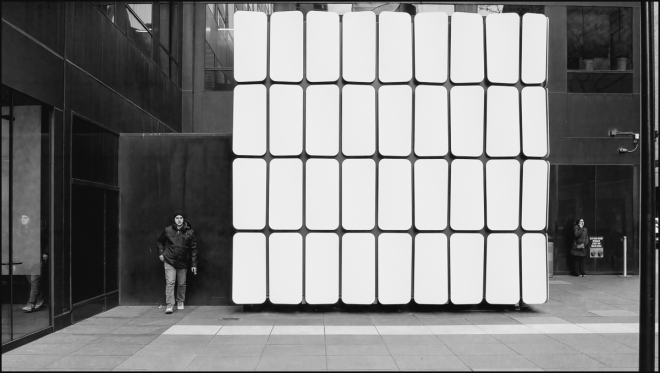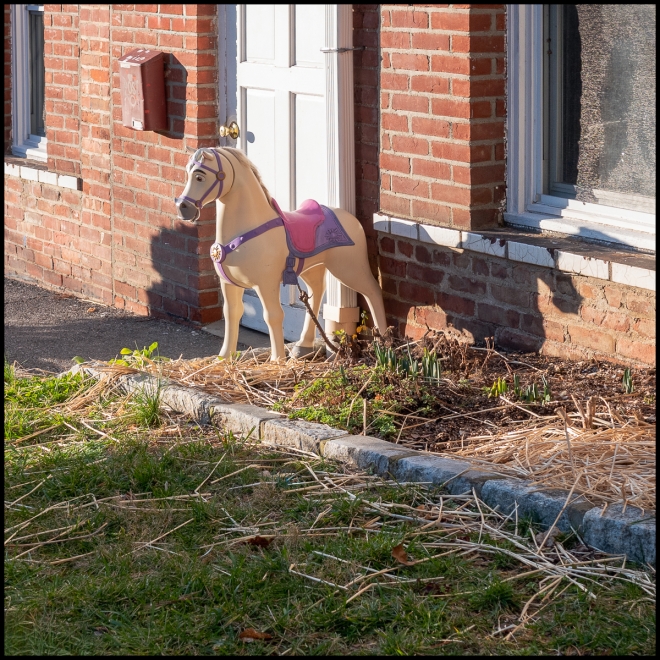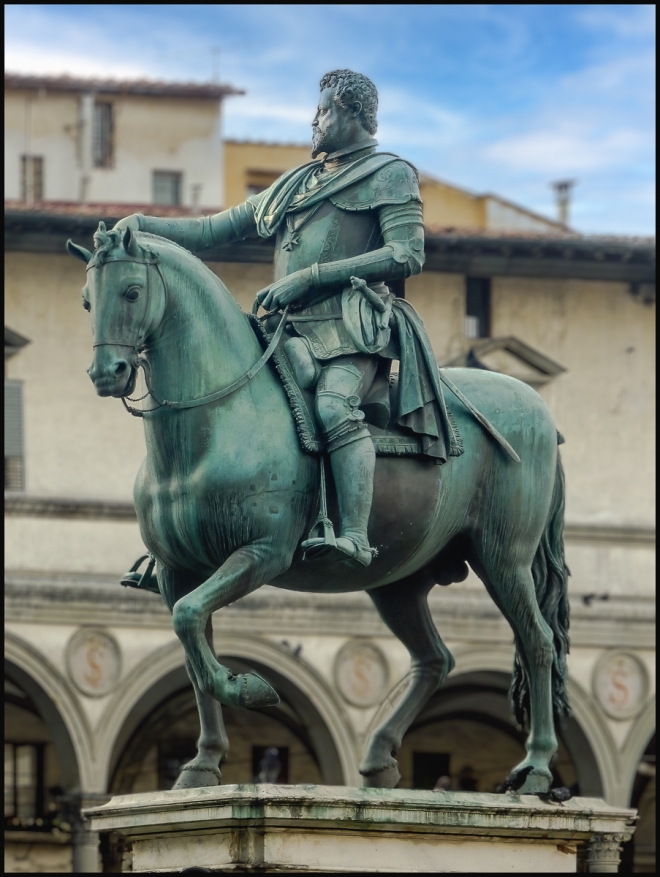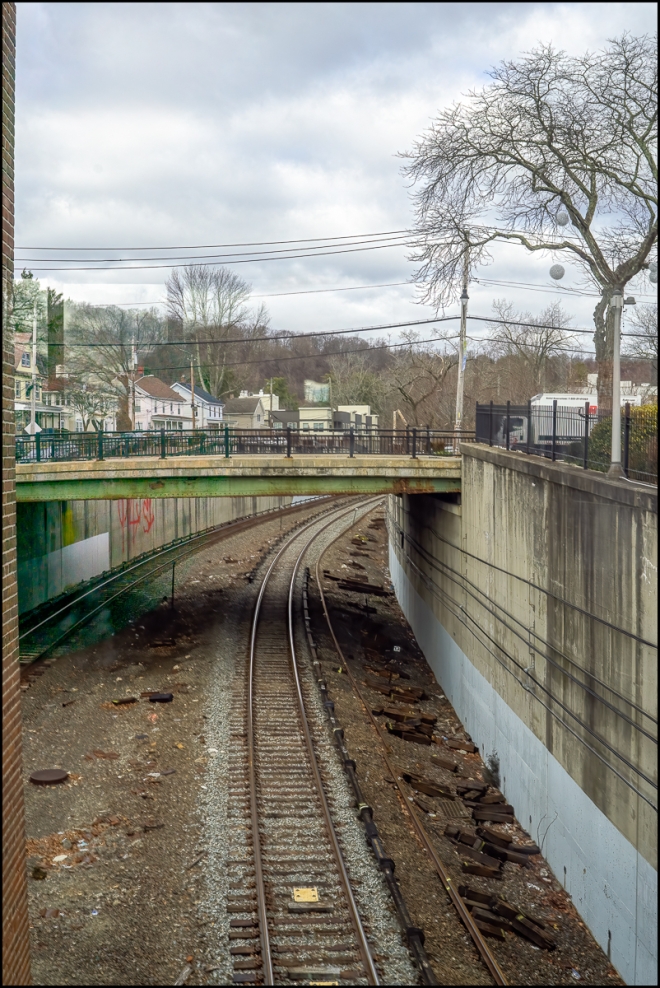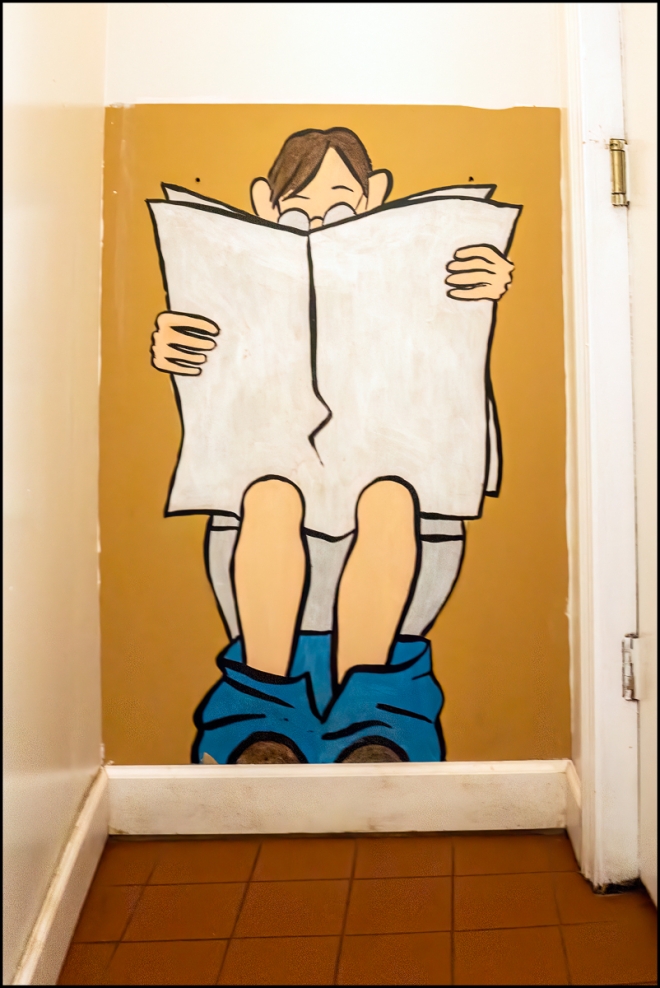According to Walks in Rome (strangely because the statue isn’t in Rome. It’s in Florence):
The bronze equestrian statue (1602-07) of Ferdinando I de’ Medici (r. 1587-1609), which stands in Piazza Santissima Annunziata, was created by the Flemish sculptor Jean de Boulogne (1529-1608), better known as Giambologna, and his star pupil Pietro Tacca (1577-1640).
The statue was cast by recycling the cannons from an Ottoman galley, which had been captured by the Cavalieri di Santo Stefano (Knights of Saint Stephen), a holy/military order set up by Cosimo I de’ Medici (r. 1537-74), Ferdinando’s father. The capture and reuse of the Turkish cannons is proudly recorded by the inscription on the strap under the horse’s belly: DEI METALLI RAPITI AL FERO TRACE (Of metal captured from the ferocious Turk).
Ferdinando, who was the third grand duke of Tuscany, wears armour emblazoned on the chest with the cross of the Cavalieri di Santo Stefano.
The marble pedestal is decorated with two bronze panels, one of which depicts concentric circles of bees, all facing the queen bee, which sits in the centre. At the top of the plaque are the words MAIESTATE TANTUM (Great Majesty). The political message, I think, is quite clear.
Wikipedia states:
The Equestrian Monument of Ferdinando I is a bronze equestrian statue by Giambologna, executed in 1602–1607, and erected in 1608 in the Piazza of the Annunziata in Florence, region of Tuscany, Italy. The monument was commissioned by Cosimo II, son of Ferdinando I de’ Medici, Grand Duke of Tuscany, from an elder Giambologna, and was meant to be modeled on the similar Equestrian statue of Cosimo I that stands in the Piazza della Signoria. This project was mainly completed by his pupil Pietro Tacca, and the statue was cast in 1602 and inaugurated at the site in 1608 during the festivities celebrating the marriage of Prince Cosimo II with Maria Maddalena d’Austria. Grandduke Ferdinand wears armour emblazoned on the chest with the Cross of Santo Stefano, an equestrian Order established by Cosimo the elder. It is said the statue was cast with cannons taken from the Turks by the Knights of Santo Stefano.
Flanking the statue some yards to the rear of the horse are two mannerist fountains with marine gargoyles, the Fontana dei mostri marini, also created by Tacca though initially intended to be placed at the statue of Ferdinand in Livorno.
There was a time when I was working in Geneva, Switzerland that I used to go down to Florence often on business. This picture was taken in 2011, after I had left Geneva and returned to New York. It was shortly before my retirement in April 2012 and was the last time that I visited Florence (doesn’t mean I won’t go again though).
Taken with a Panasonic Lumix ZS-3

